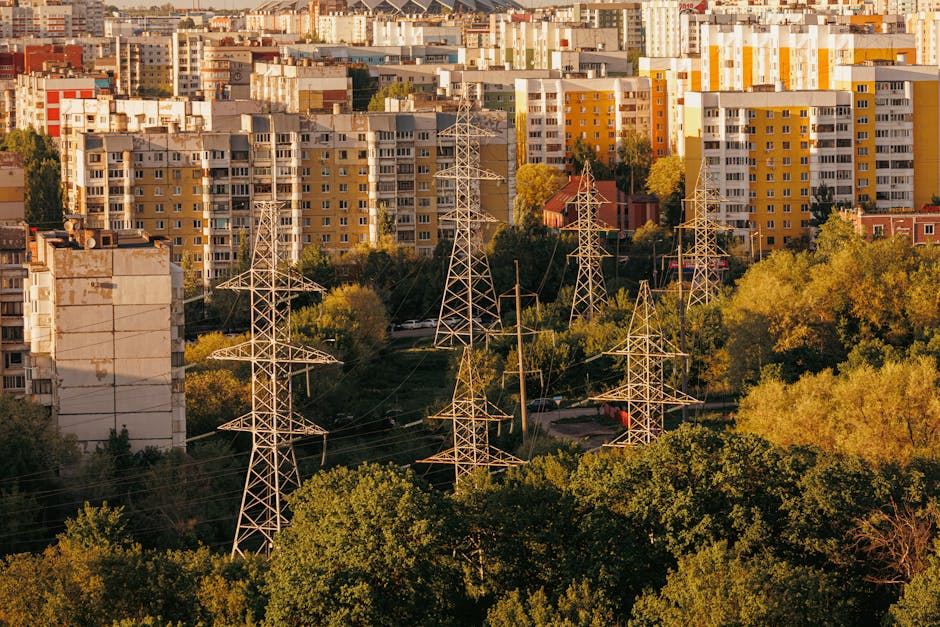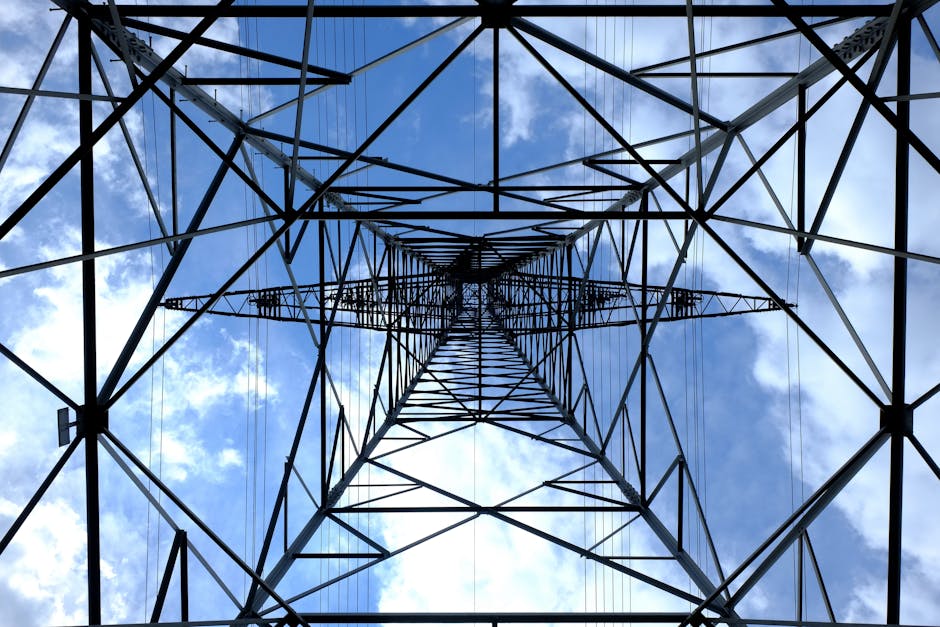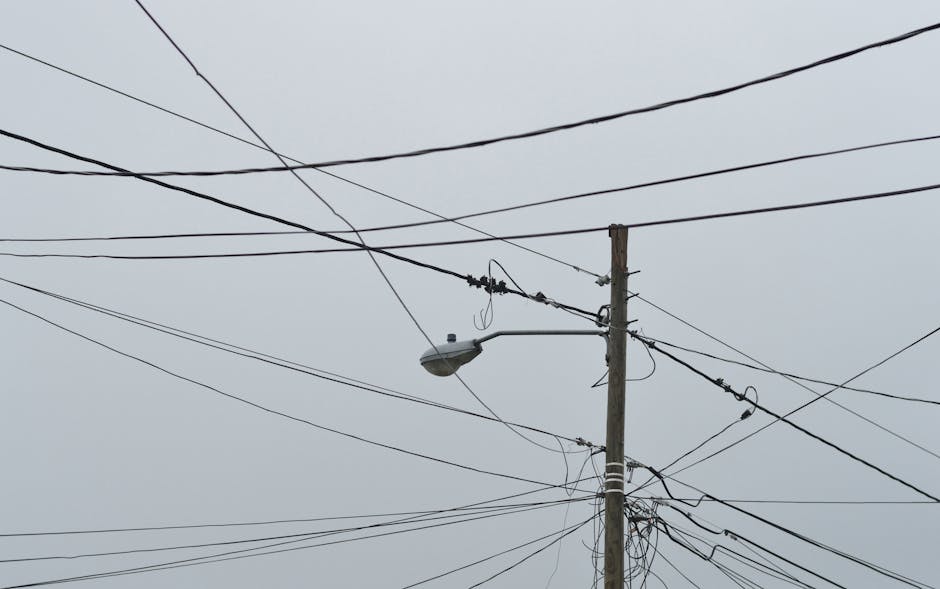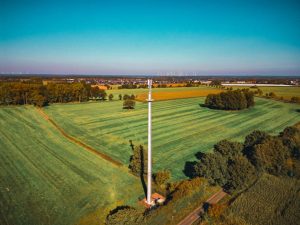Revitalizing America’s Aging Energy Infrastructure with Precision Mapping Technology

The Critical State of America’s Energy Infrastructure

Pexels
America’s energy infrastructure is showing its age, with many key components nearing the end of their intended lifespan. As the population grows and energy demands increase, outdated systems struggle to keep pace, leading to rising costs, reliability issues, and limitations in modernizing efforts. According to the University of Wisconsin–Madison, transmission lines that were designed for a much smaller, less energy-intensive population are now overburdened, while nearly 70% of power transformers have exceeded 25 years of operation, leaving them more prone to failures. Aging substations further exacerbate the risk of cascading outages, making systemic renewals an urgent priority.
Without decisive action, the consequences extend far beyond just power reliability. The increasing integration of renewable energy, smart grids, and IoT technologies depends on resilient and modernized infrastructure. Planning needs to begin at the foundational level, targeting the most critical vulnerabilities first to ensure energy security and sustainable growth for the future.
How GIS and Telecom Data Are Driving Energy Modernization

Pexels
One innovative solution to the challenges of energy infrastructure is integrating geographic information systems (GIS) technology with network infrastructure data. GeoTel, a leader in telecom mapping, provides detailed infrastructure maps that include fiber optic routes, telecom towers, and other critical assets. These maps enable energy planners to overlay telecom data onto existing energy systems, offering a clearer picture of areas that need immediate attention. This approach significantly enhances decision-making, as it allows for resource optimization and better planning during energy modernization initiatives.
For instance, this combination is especially relevant as the United States Department of Energy (DOE) implements its $10.5 billion Grid Resilience and Innovation Partnerships (GRIP) Program. Designed to accelerate transformative energy projects, this program focuses on enhancing grid flexibility, improving resilience against extreme weather events, and ensuring equitable access to power. Incorporating telecom data with energy grids ensures a future-proof approach to modernization while supporting smart grid technologies that rely on connectivity to function.
Real-World Applications: IoT and Advanced Mapping Analysis

Pexels
Integration of IoT technologies in infrastructure management is demonstrating how transformative connected solutions can be. For example, Fluid Conservation Systems (FCS), in collaboration with T-Mobile US, has equipped acoustic water leak detectors with IoT connectivity. This innovation allows for continuous remote monitoring of critical infrastructure, minimizing manual inspections and improving efficiency. Such technologies exemplify how connectivity intersects with energy management to create actionable intelligence.
GeoTel’s precision mapping tools play a vital role in initiatives like those enabled under the GRIP Program. These tools help streamline the planning, deployment, and maintenance phases of energy projects. By offering location-based intelligence, utilities and contractors can identify high-priority areas for upgrade efforts, avoid unnecessary duplication of work, and speed up implementation timelines. This holistic approach ensures that modernization projects are not only comprehensive but also cost-effective and efficient.
The Road Ahead: A Connectivity-Driven Energy Future

Pexels
As renewable energy integration and climate change demands reshape the nation’s energy priorities, the importance of a combined approach to telecom and energy planning has never been more evident. Utilities that embrace interconnected system designs will be better prepared to manage the complexities of renewable energy, ensure grid reliability, and improve climate resilience. Advanced mapping and GIS technologies provide the solid foundation needed for this transformation.
In the era of interconnected infrastructure, energy modernization is inherently a connectivity challenge. By leveraging insights from GIS telecom mapping and innovative IoT applications, the United States can lay the groundwork for a stable, sustainable, and forward-thinking energy future for all communities.




